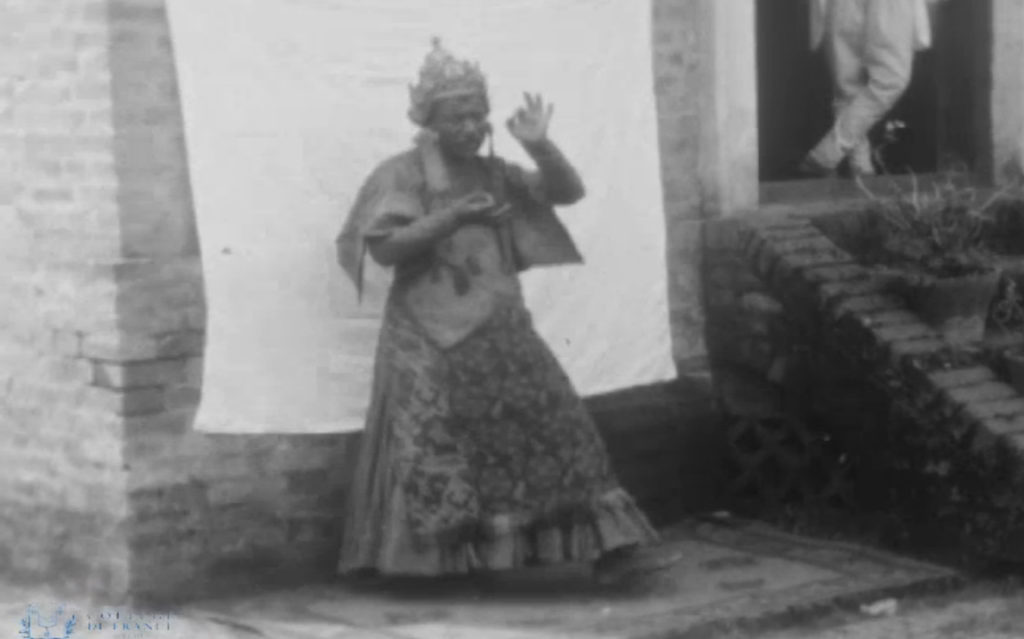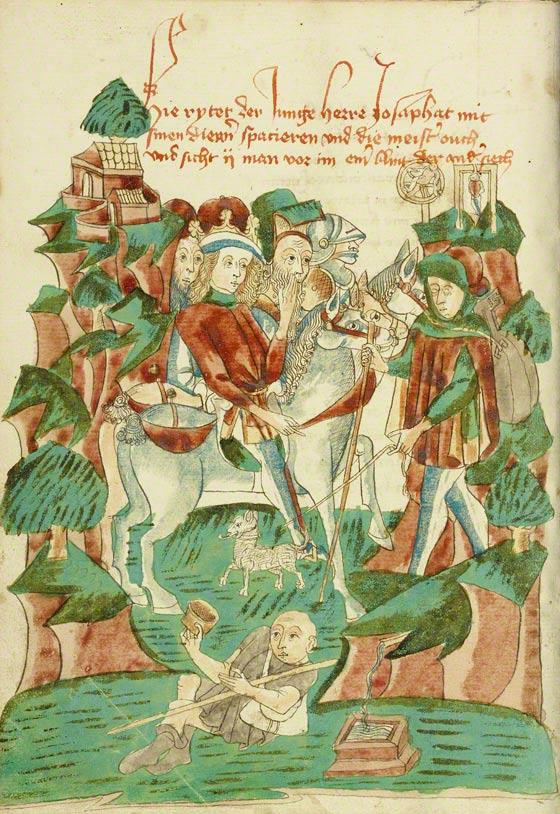Siddhiharṣa Vajrācārya, performer; A. A. Baké, photographer. [Mudrā & caryā poses]. 16mm film digitally archived at Salamandre, Collège de France. Kathmandu: 1931.
Comment: Newly emerged film of Surataśrī Mahāvihāra’s pundit Siddhiharṣa Vajrācārya (1879–1952) demonstrating mudrā and caryā poses, now digitised from 16mm reels, may be the earliest documentary footage of Newar Buddhism in existence. The film was shot in Kathmandu in 1931 by A. A. Baké at the request of Sylvain Lévi (1863–1935). (Thanks to confreres at the Collège de France for the notification and some details.)



